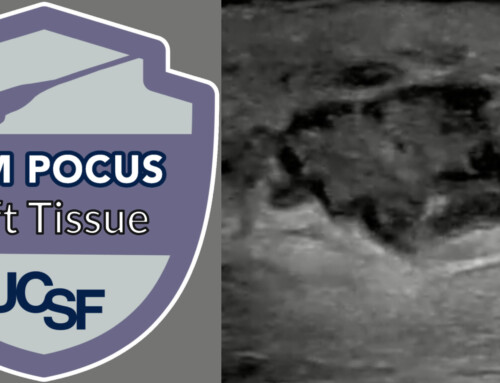
In pediatrics, the history and physical examination is paramount. But even the most seasoned professional can have a challenge when facing a wiley 2-year-old. What strategies can you use to get in, get out, get the information you need, and maybe even make a (very small) friend in the meantime?
Physical Examination Tips & Techniques
- Make sure your patients feel safe and secure
- Prepare for your exam in advance
- Don’t ask permission, give choices
- Be flexible about when you do each part of the exam
- Use a tongue depressor for the oropharyngeal exam
- Let your patients examine the equipment
- Perform a “mock exam” on something or someone else
- Use your stethoscope to palpate the abdomen
- Always perform a genital exam on males with abdominal pain
- Always perform a genitourinary exam on all patients wearing diapers
- Ask the parent to help you localize the injury
- Positioning is key for a successful ear exam
Still having some pediatric anxiety after a perfectly performed physical examination? Check out how to manage pediatric anxiety in the ED.





